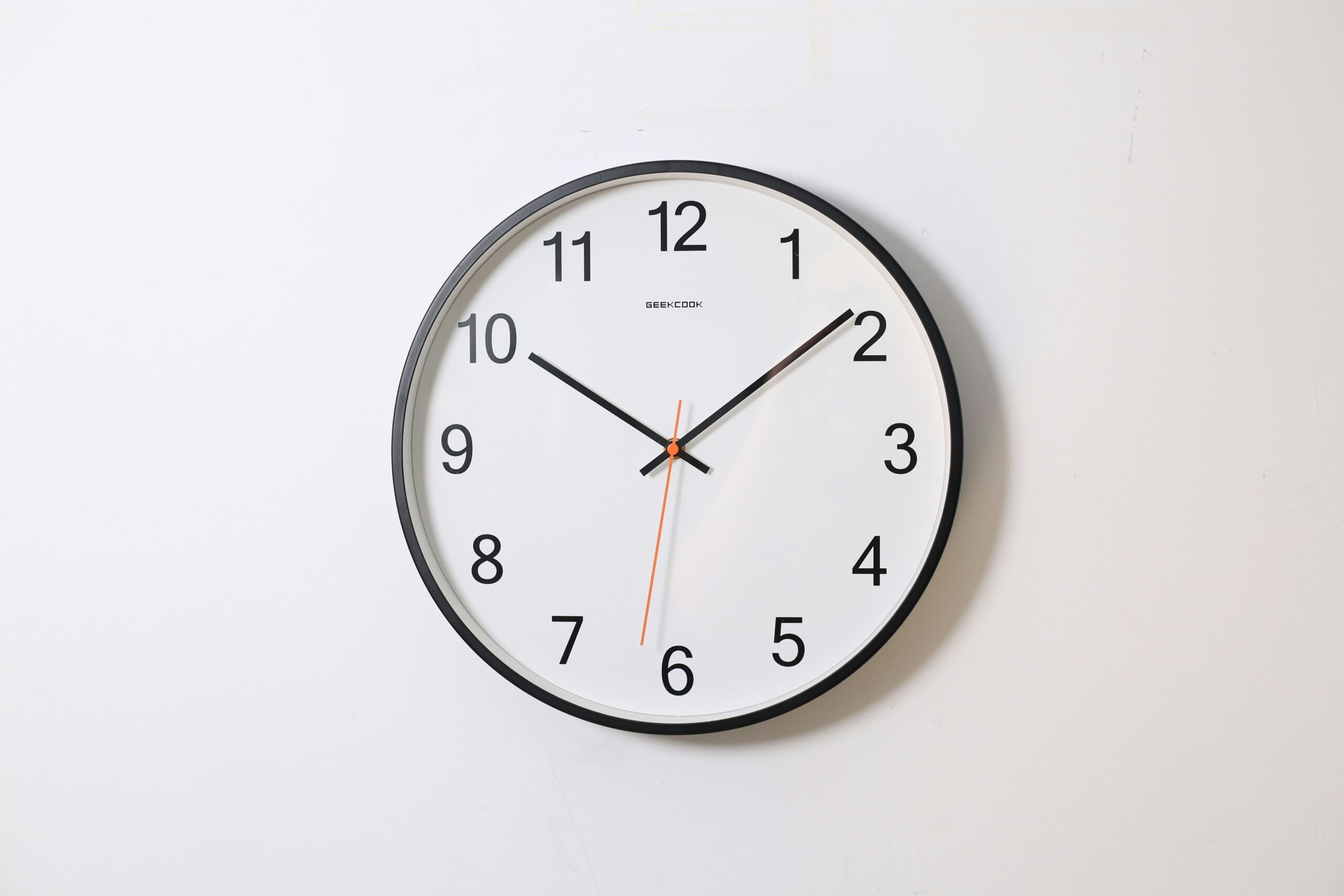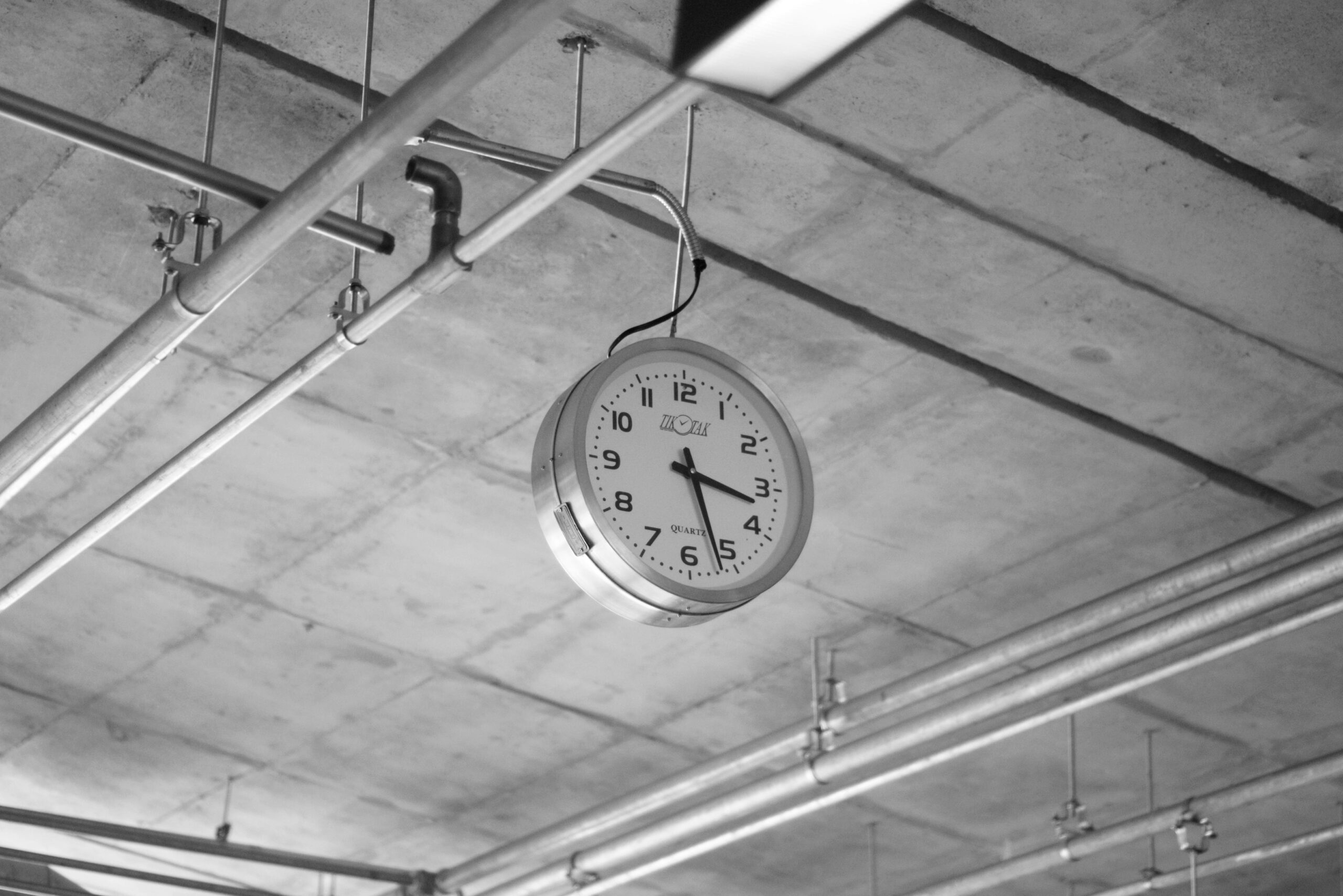Ever felt like your day is slipping away, but you’re still drowning in tasks? It’s not just you. Studies show that 80% of people struggle with time management daily, leading to unnecessary stress and burnout. What if I told you there’s a smarter way to reclaim control over your schedule—and it starts with understanding Time Risk Assessments?
In this post, we’ll dive deep into what Time Risk Assessments are, why they’re crucial for productivity, and how planning apps can help simplify them. You’ll learn how these assessments protect your well-being, actionable steps to implement them effectively, and the best tools to make life easier.
Table of Contents
- The Problem: Why Time Management Fails Without Risk Assessments
- Step-by-Step Guide to Conducting Time Risk Assessments
- 3 Tips to Master Time Risk Assessments Using Planning Apps
- Real-Life Success Stories: People Who Crushed Their Schedules
- FAQs About Time Risk Assessments and Productivity Tools
Key Takeaways
- Time Risk Assessments identify where your time goes wrong before it derails your day.
- Planning apps streamline this process by automating risk analysis and optimizing schedules.
- Prioritizing health through better time management reduces stress and improves overall wellness.
The Problem: Why Time Management Fails Without Risk Assessments
Let me confess something embarrassing: A few months back, I scheduled an important deadline right after my morning workout—only to realize halfway through squats that I’d forgotten about a team meeting. Chaos ensued. Sound familiar?
Without assessing potential time risks, even the most detailed planners fall short. Time Risk Assessments act as pre-flight checks for your calendar, ensuring no critical task gets overlooked. Yet so many overlook this step because “Who has time to assess their own time?” 🙄 Turns out, skipping this costs hours later.

Figure 1: Common reasons behind poor time management
Step-by-Step Guide to Conducting Time Risk Assessments
Optimist You: “This sounds complicated!”
Grumpy You: “Ugh, fine—but only if coffee’s involved.”
- Audit Your Current Schedule: Open your planner or app and note recurring inefficiencies. Are Mondays always chaotic? Do emails pile up by noon?
- Identify Potential Risks: Ask yourself where delays usually occur. For instance, underestimating travel time or failing to account for unexpected interruptions.
- Prioritize Tasks Based on Impact: Use the Eisenhower Matrix (urgent vs. important) within your app to categorize priorities clearly.
- Buffer High-Risk Areas: Add extra time for activities prone to running late. Yes, this means building flexibility into rigid routines!
3 Tips to Master Time Risk Assessments Using Planning Apps
Here’s the brutal truth—not all tips floating online actually work. Let’s separate fact from fiction:
- Tip #1: Use AI-Powered Insights. Tools like Trello or Notion provide automated suggestions based on your usage patterns. These apps catch risks before you do.
- Tip #2: Avoid Overloading Your Day*. *Disclaimer: This tip isn’t terrible advice; it’s survival strategy. No human thrives when packed tighter than a sardine tin.
- Tip #3: Set Daily Reflection Reminders. Apps like Habitica let you reflect at day’s end—a quick journal entry helps improve tomorrow’s plan.
Real-Life Success Stories: People Who Crushed Their Schedules
Remember Sarah from Marketing? She went from overwhelmed freelancer to published author in two years—all thanks to mastering Time Risk Assessments. By identifying weak spots in her workflow, she cut prep time for client pitches in half.

Figure 2: Sarah’s streamlined approach transformed her productivity overnight.
FAQs About Time Risk Assessments and Productivity Tools
What exactly is a Time Risk Assessment?
A systematic evaluation of factors likely to disrupt your schedule, helping prevent last-minute scrambles.
Can analog methods replace digital tools?
While paper planners have charm, apps offer dynamic updates, reminders, and analytics unmatched by traditional systems.
Is every app equally effective?
Nope. Trial different options until one aligns perfectly with your habits. Some love Google Calendar; others swear by Todoist—it depends!
Conclusion
Balancing productivity and wellness doesn’t require superhuman abilities—it requires smart strategies like Time Risk Assessments. With the right mix of awareness, planning apps, and discipline, anyone can regain command over their days while protecting their mental health.
So go ahead, download that app, tweak those settings, and start living intentionally. After all, time waits for no one!
Like Tetris, your schedule needs perfect alignment.
Patience pays off;
One block at a time.


